Photography has been a passion for me since I was very young. For one of my birthdays (I may have been eight or ten years old), I received a camera from my aunt. Not to show my age, but this was a point-and-shoot camera that took a roll of film that needed to be processed as a negative. I immediately went out to take photographs around the farm and promptly used up all twenty-four or thirty-six exposures on capturing animals and buildings. Of course, I was unable to see the photographs taken until the film was developed and returned to me, but I was already fascinated with the art of photography to capture moments.

Fast forward through my life and I found myself studying photography classes at university as a part of my degrees with a SLR camera, though I hated developing my own negatives. I was not very quick to adopt the new digital SLR technology as the results were never as good, but I eventually did and currently own a digital SLR that I use to take most of my photographs. With the improvement of mobile phone cameras, I do take photographs on my mobile phone too. With that in mind, photography has been an important part of my life.
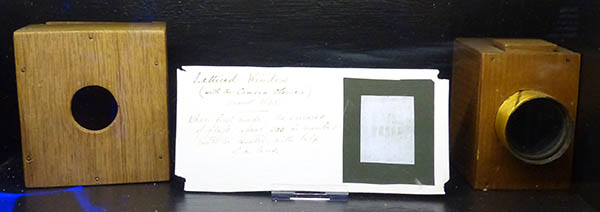
William Henry Fox Talbot was a mathematician and chemist who spent time at his home at Lacock Abbey creating the science behind photography, notably the photographic negative and the process of creating many prints from one image. Camera obscuras and painters used smaller light boxes to draw outlines of paintings. Others discovered chemicals that changed colour on paper and other processes for it. A French inventor, Joseph Nicéphore Niépce, made some other advancements and was able to capture a faint image over an eight-hour exposure using an engraved process.
William Henry Fox Talbot moved into Lacock Abbey when he was 27, although he did inherit the property much earlier. Talbot was interested in botany and classical literature, and he would attempt to draw plants. While on honeymoon in Italy, he attempted to draw but was not very good, so he decided to try to invent a way for people who had no artistic talents to create imagery. He started to experiment with different methods in 1834.
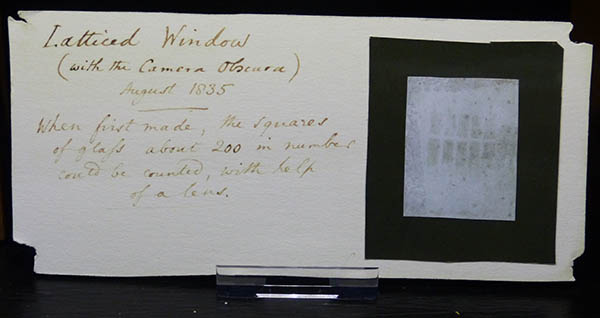
The first image was exposed over several hours of the window in the abbey (see my post about Lacock Abbey here to see a photograph of the window). The image was the size of a postage stamp. It was created in 1835, but Talbot did not tell anyone. Niépce, who started to experiment in 1826, created an image in 1837 and told the world. Neither men knew that they were experimenting on the topic, so it was not a race.
Talbot continued to improve the process and discovered that chemicals added to the photographic paper continued to "develop" the invisible image in darkness. The process was named Calotype, and he patented the idea. A printing company was set up in Reading, and over 50,000 prints were produced, but the company was considered a failure.
The museum has several information boards, personal items, and a group of old cameras to see. After visiting the museum, I had a walk around Lacock village and ended up having lunch at one of the pubs. As lockdown was only just partially-lifted, some places were not yet open. Here's a selection of my photographs below.
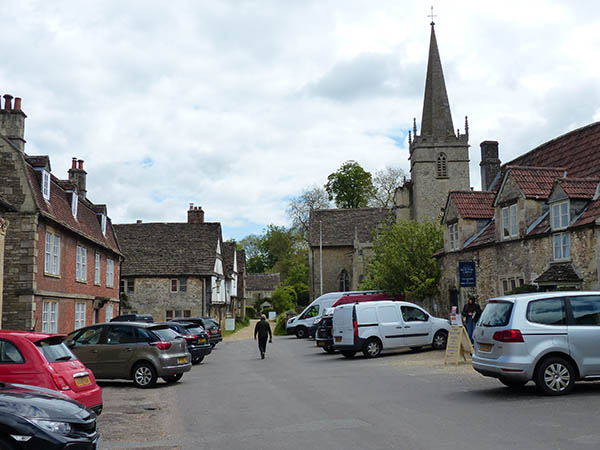
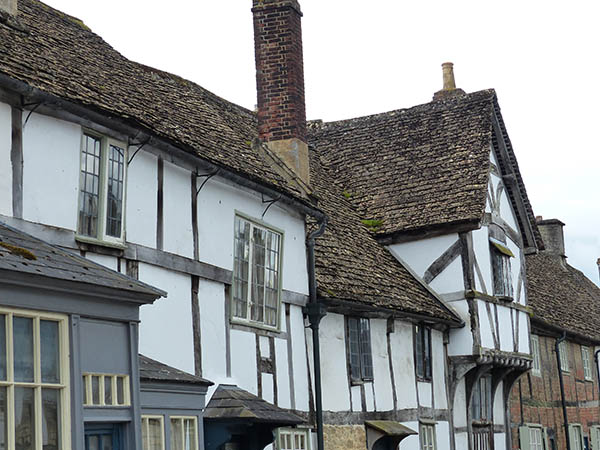
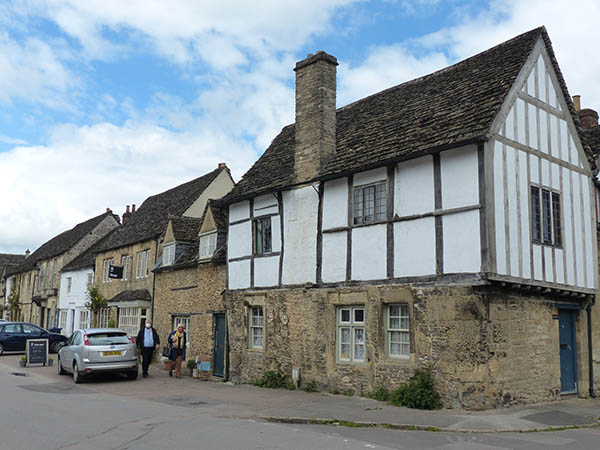

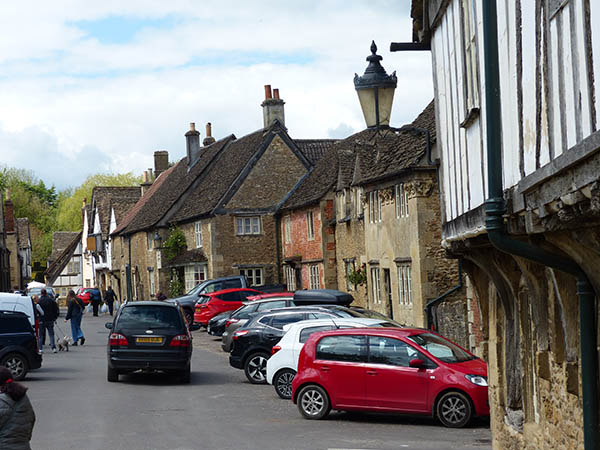
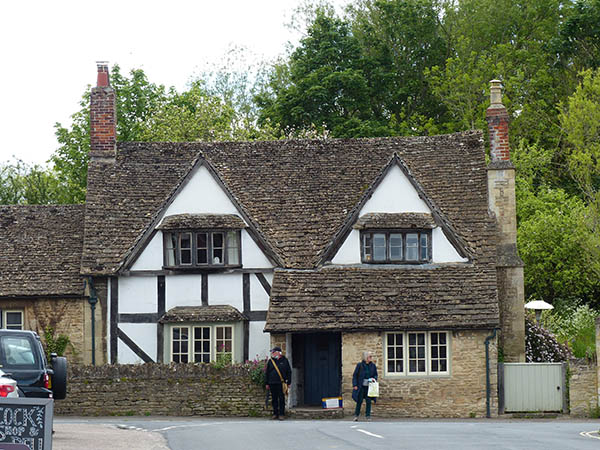
My final visit was to the Tithe Barn, and it is located in the village. The barn was open to have a look inside. It is empty, but visitors can walk in to see the construction of the building.
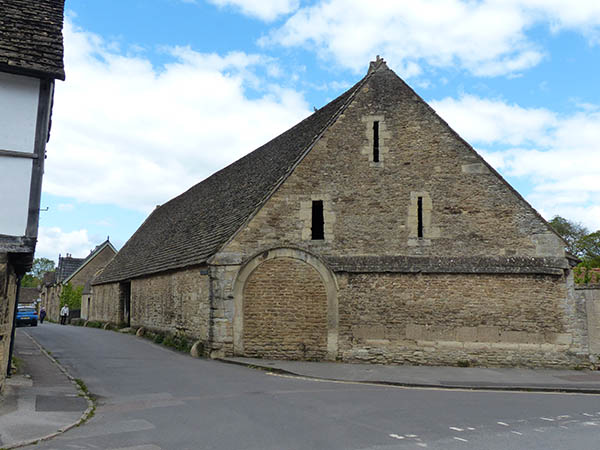
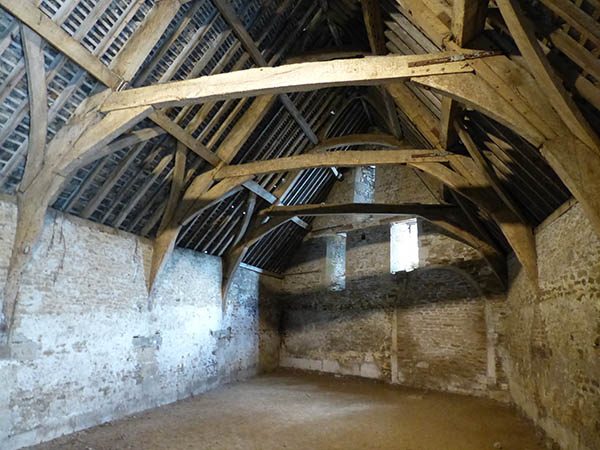
That concludes my visit to Lacock. Additional posts about Lacock can be see below:
A Spring Visit to Lacock Abbey (Wiltshire, National Truse): Lockdown Edition
Visiting Lacock at Christmas (National Trust, Wiltshire): Lockdown Edition

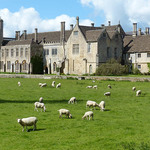
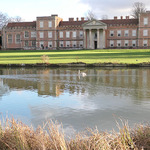
Leave a comment